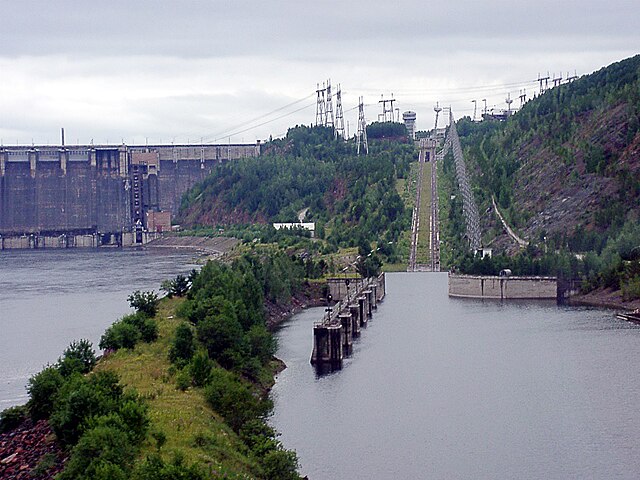The Yenisei Kyrgyz, were an ancient Turkic-speaking people who dwelled along the upper Yenisei River in the southern portion of the Minusinsk Depression from the 3rd century BCE to the 13th century CE. The heart of their homeland was the forested Tannu-Ola mountain range, in modern-day Tuva, just north of Mongolia. The Sayan mountains were also included in their territory at different times. The Yenisei Kyrgyz Khaganate existed from 538 to 1219 CE; in 840, it took over the leadership of the Turkic Khaganate from the Uyghurs, expanding the state from the Yenisei territories into Central Asia and the Tarim Basin.
Modern Khakas people regard themselves as the descendants of the Yenisei Kyrgyz who remained in Siberia despite the dispersal by the Mongols in the 13th century, and now form the Republic of Khakassia.
Funerary mask, towards the end of the Tashtyk culture, at the time when the Yenisei Kyrgyz were taking over the region. 5th-6th century CE.
Yenisei Kyrgyz artefacts
Yenisei Kyrgyz tableware and altar
The Yenisey, also romanised as Yenisei or Jenisej, is the fifth-longest river system in the world, and the largest to drain into the Arctic Ocean.
The confluence of the rivers Kaa-Khem and Piy-Khem near Kyzyl
The river flowing through the Shushensky Forest
Inclined plane at Krasnoyarsk Dam
The bridge over the Yenisey in Krasnoyarsk, Russia, viewed from the left bank.








